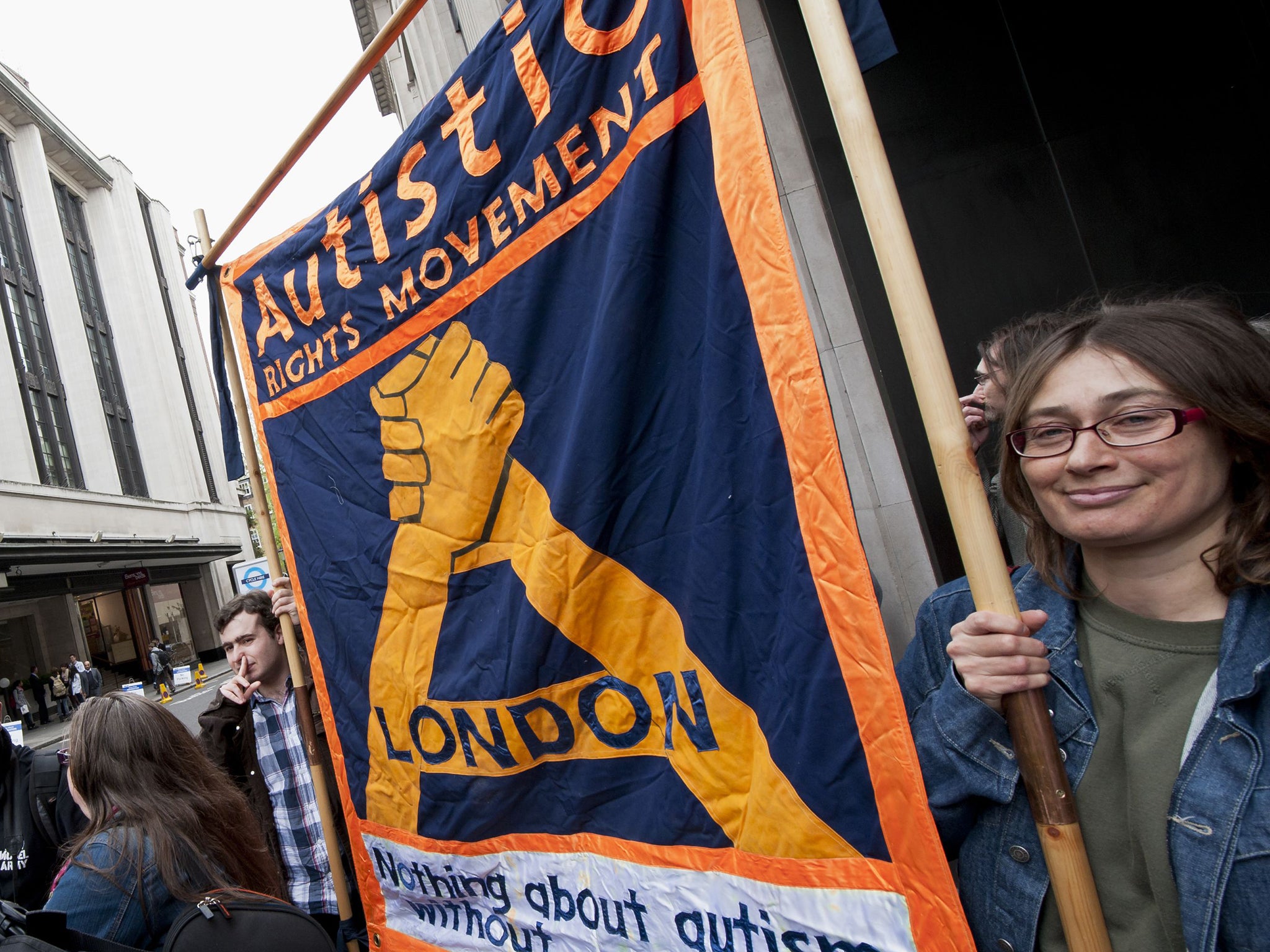Girls with autism are getting a rougher deal than boys because our assessments are so male-centred
Thousand of women are not receiving the support they need because they're better at 'fitting in'

There is a long-held myth that autism is a predominantly male phenomenon – that boys are far more genetically or biologically predisposed toward autistic tendencies than girls. Yet it is becoming increasingly clear this is itself a misdiagnosis.
It has been found that women and girls face a unique set of difficulties during the diagnostic process, and even in being believed by family, friends and co-workers once they are diagnosed.
The current male to female ratio of diagnosed autism is 4:1 and woman and girls with autism continue to express their dissatisfaction with the difficulties they face in comparison to men and boys.
Pioneering work by Lorna Wing has helped to move forward our understanding of how gender interacts with autism. In particular, it has become clear that the way we assess autism as medical professionals has been specifically tailored to the more visible male presentation of the condition – at the exclusion of thousands of women who have not received the support they need.
Research shows that many autistic girls have become highly adept at using mimicry and performance to mask or camouflage their autistic presentation.
Autism spectrum disorder (ASD) is characterised by deficits in social communication and interaction, allied to restricted repetitive behaviours and interests (aka special interests). Both need to be observed for an ASD diagnosis.
However, it is frequently the case that girls have fewer special interests than boys – or at least that the interests of girls on the spectrum are similar to girls without ASD, making them harder to spot. Furthermore, girls are typically more sociable than their male counterparts, at least superficially, and this includes autistic girls too.
However, we can now make the case strongly that many girls, due to their “social skills” and heightened societal expectations of sociability, are simply better at masking their condition to fit in. It is as though mimicry of social manner is itself a special interest, in which many girls have become expert – often outfoxing the medical profession.
This is deeply troubling, as it means that autistic women have to exert an extraordinary amount of energy in social situations, often ending up exhausted, stressed and feeling as though no-one truly understands them.
What we must do better
The current WHO international diagnostic criteria for autism do not give examples of the types of difficulties typically experienced by women and girls.
In the short term, it is therefore important for practitioners to see diagnosis as more than simply a box-checking exercise. This means taking a developmental history, and observing the women in different situations so that it can be distinguished whether assumed behaviours are based on intellect or social intuition.
However, ultimately we need better diagnostic tools and better training for mental health professionals on the camouflaging effect and the impact of gender on autism. That is a challenge for the profession, and one we must tackle together through the sharing of best practice. At Tracscare, for example, we regularly hold open-to-all conferences that focus on autism, particularly female autism, and the latest diagnostic research, as well as sharing the experiences of the individuals we support such as Pamela Hirsch, who wasn’t diagnosed until well into her 40s.
Last year a Twitter hashtag #SheCantBeAutistic was used by thousands of women around the world to show how their autism was either misdiagnosed, or rejected altogether, due to the gender stereotypes which dominate the diagnostic criteria.
A year on women are still using the hashtag, the World Health Organisation has yet to update their diagnostic criteria for autism and women and girls continue to be misdiagnosed.
The simple fact is that more needs to be done so that thousands of women and girls don’t struggle unnecessarily without the care and support that they need.
Tiago Pinto is a clinical psychologist and head of therapeutic services at Tracscare. He has spent the last 16 years working with young people with mental health concerns and is especially interested in effective diagnosis of ASD. He was the recipient of the great autism practice award at last month’s national learning disability and autism awards.



Join our commenting forum
Join thought-provoking conversations, follow other Independent readers and see their replies